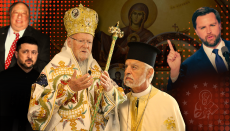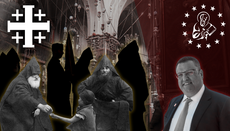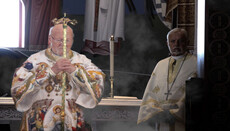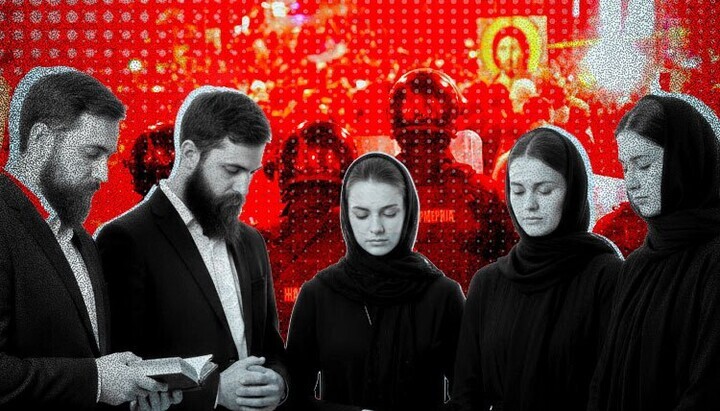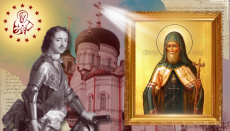Pope Leo and the Trads: The Honeymoon Is Over
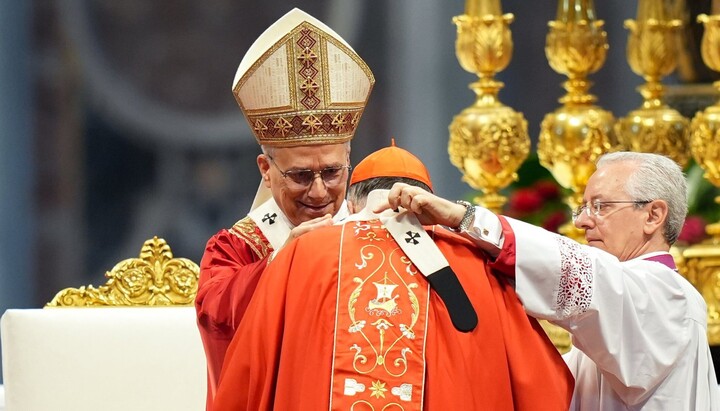
Many traditionalist Catholics had high hopes for Pope Leo. However, his first months in office suggest that he is cut from the same cloth as his predecessor, Pope Francis.
The election of Pope Leo XIV, the first American pontiff, sparked cautious optimism among traditionalist Catholics. After years of theological ambiguity under Pope Francis, many hoped Cardinal Robert Prevost’s ascent signaled a return to doctrinal clarity and reverence for tradition. Yet, barely months into his papacy, the honeymoon phase with his traditionalist supporters is decidedly over.
The signs are unmistakable, beginning with the symbolic gesture of bestowing the pallium on Cardinal Robert W. McElroy, a prelate whose record—defending pro-abortion politicians and tolerating liturgical novelties like drag queen Masses—clashes with the sensibilities of those yearning for a restoration of Catholic tradition.
On June 29, 2025, Pope Leo XIV personally imposed the pallium on 54 archbishops, including McElroy, during a Mass in St. Peter’s Basilica. The pallium, a woolen band symbolizing an archbishop’s unity with the pope, is no mere trinket. By reviving the tradition of personally vesting archbishops—reversing Francis’s 2015 decision to delegate this to nuncios—Leo signaled a return to centralized authority.
Yet, choosing McElroy, whose progressive leanings are anathema to traditionalists, as a recipient was a calculated statement. It suggested that Leo’s vision of “unity in diversity,” as he preached during the ceremony, leans heavily toward accommodating the Church’s liberal wing. For traditionalists, this was a bitter pill, a sign that Leo’s bridge-building may prioritize progressives over the faithful who hoped for a doctrinal course correction.
This was not an isolated misstep. Leo’s appointments of women to high Vatican posts, while framed as continuity with Francis’s reforms, have raised eyebrows. The naming of Sister Tiziana Merletti as secretary of the Dicastery for Institutes of Consecrated Life, alongside Sister Simona Brambilla as prefect, marks a historic shift—two nuns leading a Vatican department. While traditionalists might applaud the elevation of consecrated religious, the context stings.
Francis’s 2022 Praedicate Evangelium opened dicastery leadership to laypeople and women, a a decision that Leo has now made his own. Many see the appointment of women in senior leadership roles as a gateway to more radical changes such as the consecration of female deacons.
The appointment of a new head for the Pontifical Academy for Life has further inflamed traditionalist concerns. While Archbishop Vincenzo Paglia’s exit was expected due to his age, Leo’s choice of Monsignor Renzo Pegoraro, who has expressed openness to euthanasia in certain contexts, is a shocking departure from the Academy’s historic defense of life from conception to natural death.
Likewise, Leo’s recent appointments to the Dicastery for Consecrated Life raised conservative eyebrows. These include:
- Cardinal Arthur Roche, the Prefect of the Dicastery for Divine Worship under Pope Francis, known for leading efforts to restrict the traditional Mass.
- Cardinal Cristóbal López Romero, whos supports the blessing of same-sex couples under Fiducia Supplicans has called synodality a “prophetic sign.”
- Cardinal Jaime Spengler, a promoter of the controversial Amazon rite who also supports the blessing of same-sex couples under Fiducia Supplicans.
Most troubling of all, however, is his decision to appoint Father Beat Grogli–a supporter of women’s ordination– as Bishop of Saint Gallen. (Incidentally, Cardinal McElroy supports the creation of ordained deaconesses.)
Leo’s repeated references to the need for “open borders” further alienate his conservative base. For instance, the pope used the word borders eight times in his Pentecost homily alone. Echoing Francis’s calls for universal fraternity, Leo has emphasized dialogue and bridge-building, notably in his May 19, 2025, address to non-Catholic and non-Christian representatives. Taken together, many fear that Leo will spend his pontificate ceding more and more ground to the Spirit of the Age.
The traditionalist dream of a pope who would restore the Latin Mass, rein in synodal excesses, and reaffirm doctrinal rigor now lies in tatters. Leo’s actions—elevating McElroy, appointing nuns to Vatican posts, tolerating pro-ordination bishops, installing a euthanasia-tolerant academy head, and preaching against borders—reveal a pontiff more aligned with Francis’s progressive legacy than with the hopes of conservatives like Mueller or Archbishop Georg Gänswein. His centrist label, lauded by some as a bridge between factions, feels to traditionalists like a betrayal, a refusal to confront the theological ambiguity they prayed he would address.
As the first American pope, Leo XIV had a unique opportunity to unify a fractured Church. Instead, his early decisions suggest he is charting a course that prioritizes accommodation over conviction. Traditionalists, once cautiously optimistic, now face a sobering reality: the honeymoon is over, and the path ahead looks less like restoration than a continuation of the very divisions they hoped to heal.
